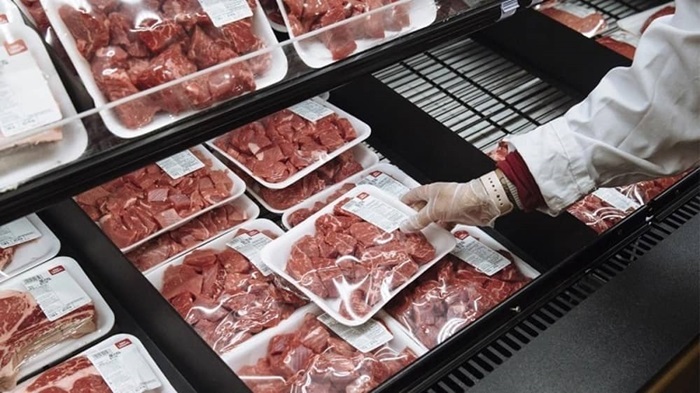
Despite prior warnings from experts and the state media, the mismanagement of the nation’s economy has led to severe consequences, extending beyond the immediate challenges and impeding the growth and wellbeing of future generations.
This surge has significantly reduced the public’s purchasing power for meat, leading to a drastic fall in livestock slaughter rates in Tehran. The situation reflects not just an economic challenge but also a health concern, as the reduced consumption of meat and dairy products has led to widespread nutritional deficiencies.
Cyrus Rusta, former head of the government’s livestock union, pointed out the devastating impact of these economic hardships on the livestock industry. He observed that widespread poverty had already led to the closure of numerous supermarkets, meat sales units, and butcher shops in Tehran two years ago.
A report from the Tasnim News Agency in April 2022 highlighted the plight of livestock farmers in Lorestan, one of Iran’s significant milk producers. Factors like drought, high feed costs, and market scarcity have severely impacted these farmers. The Ministry of Health reported a concerning 40% deficit in the population’s calcium intake, leading to potential health crises like osteoporosis, dental issues, and cardiovascular diseases.
Corrupt #Iran Regime Shamelessly Exporting Meat at High Priceshttps://t.co/jJxSC0bpzC pic.twitter.com/0FjtrxXWQb
— NCRI-FAC (@iran_policy) February 28, 2019
Yusuf Biranvand, CEO of Lorestan Cattlemen’s Union, warned of the dire consequences of this nutritional gap, including a possible closure of over 30% of livestock farms in the region.
Tejarat News, in November 2022, revealed the financial strain driving many farmers out of the profession. This situation was echoed by Afshin Sadr Dadras, CEO of the National Association of Light Livestock Producers, who, in a July 2023 interview with IRNA, criticized the lack of government support. Dadras cautioned against the decline in livestock population and the resultant red meat shortage if these issues remain unaddressed.
He also criticized the government’s decision to import meat from Pakistan and Russia, which is both costlier and of lower quality compared to domestic produce.
Furthermore, the Qanun Newspaper highlighted the foundational role of the livestock industry in Iran, involving over 1.2 million households. Despite its significance, the industry faces economic non-viability, with even lactating cows being sent to slaughterhouses. Since 2011, following the government’s failure to clear its massive debts to the dairy industry, the sector has faced increased challenges, exacerbated by the unregulated import of dry milk and meat.
Drastic Increase in Prices Has Severely Reduced Food Consumption in #Iran
The increase in milk and meat prices has led to a decrease in per capita consumption of these essential needs.https://t.co/1Vsgnn2FDf pic.twitter.com/2AigloNo06— NCRI-FAC (@iran_policy) July 2, 2019
This crisis in the livestock sector is not just an economic issue but a public health emergency. The Tahriyeh website, in March 2022, warned that the country’s current policies are pushing the livestock industry towards destruction, edging the nation closer to a severe food crisis.
The situation in Iran exemplifies how economic mismanagement can lead to cascading effects across various sectors, impacting not only the present population but also jeopardizing the health and development of future generations.

MEK Iran (follow us on Twitter and Facebook), Maryam Rajavi’s on her site, Twitter & Facebook, NCRI (Twitter & Facebook), and People’s Mojahedin Organization of Iran – MEK IRAN – YouTu







